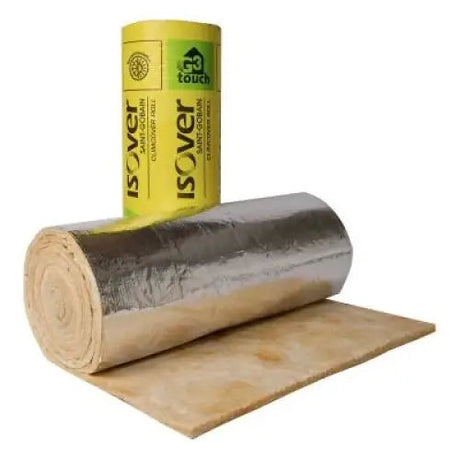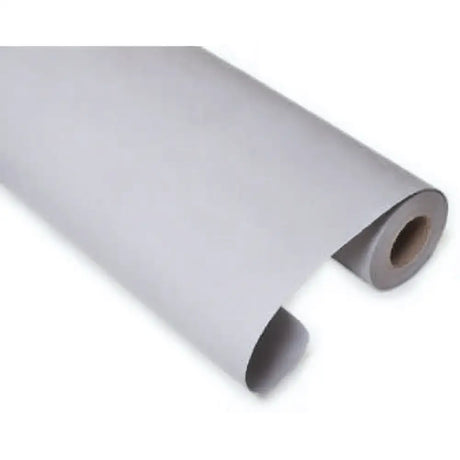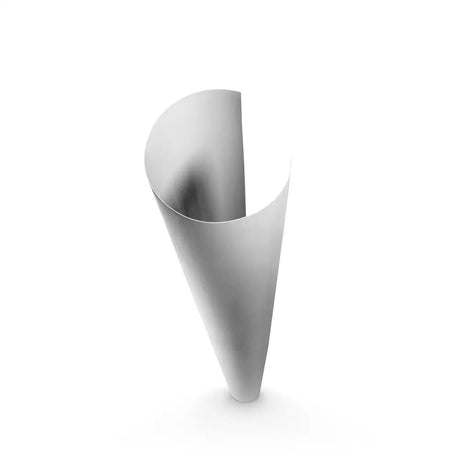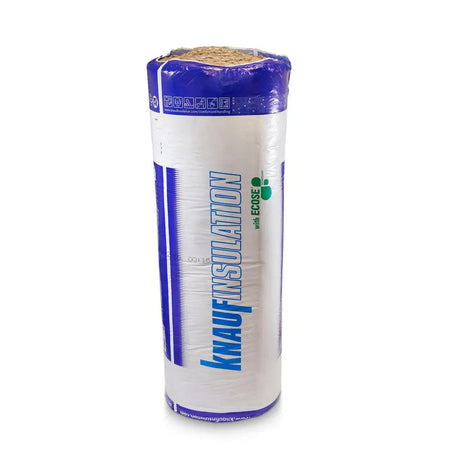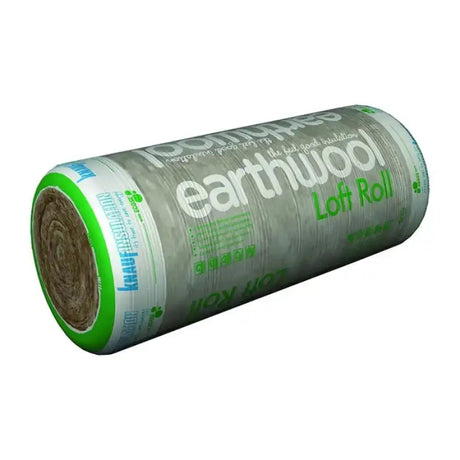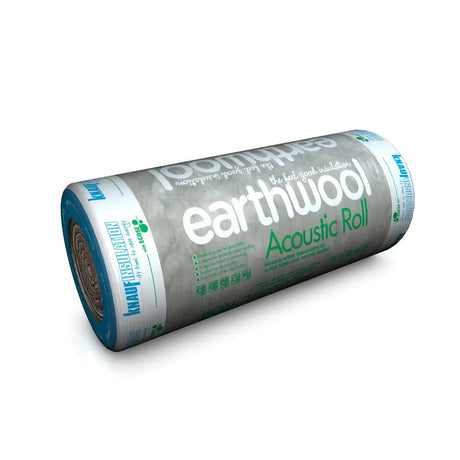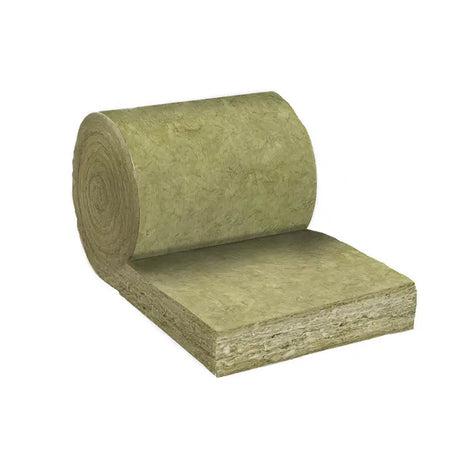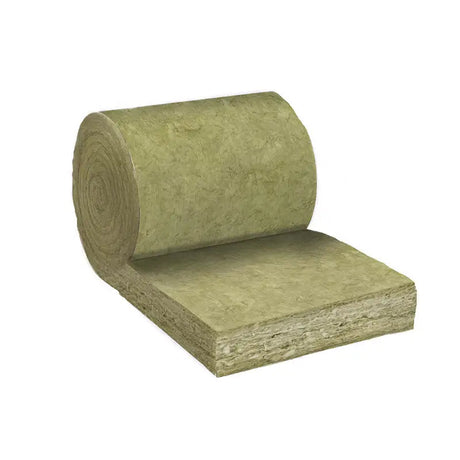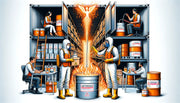Electric trace heating, also known as electrical heat tracing or surface heating, is a process that involves running electrical heating elements along pipes and other infrastructure to maintain or raise the temperature of their contents. This ingenious technology provides an efficient and controlled way to apply heat over a vast area and has revolutionized temperature regulation across multiple industries.
Understanding the Fundamentals
At its core, electric trace heating is about maintaining or achieving a desired temperature. It involves attaching specially designed cables to pipes, vessels, or any surface where temperature control is necessary. The system compensates for the heat lost through thermal insulation and protects against the potential damages from freezing or uneven temperatures, which could be detrimental to process efficiency or material integrity.
The Evolution of Trace Heating Systems
The history of electric trace heating systems spans decades, with initial applications dating back to the early 20th century. Since then, technology has evolved considerably, shifting from basic resistive cable designs to sophisticated self-regulating systems. The progress in materials and control mechanisms has expanded its applicability from simple freeze protection to complex industrial temperature management tasks.
The Mechanism of Electric Trace Heating
The essence of electric trace heating lies in its simplicity and effectiveness. Here's a breakdown of how the system typically works in various heating scenarios.
Components of a Trace Heating System
Trace heating systems consist of the following primary components:
All these parts work together to ensure the suitable transmission of heat to the required areas.
How Electric Trace Heating Works
Electric trace heating operates by converting electrical energy into heat through conductive resistance elements within the heating cables. When electricity passes through these cables, they heat up, transferring the warmth directly to the pipes or surfaces they're attached to. By doing this, the system maintains temperatures above the point where liquids would freeze or ensures the movement and viscosity of materials are kept within operating parameters.
Key Applications of Electric Trace Heating
Trace heating systems serve a multitude of functions across various sectors, demonstrating the technology's versatility and essential role in modern infrastructure.
Maintaining Pipeline Fluidity
For pipelines carrying oils, fats, or other substances that need to remain fluid for transport, electric trace heating is crucial. It keeps the contents at a consistent temperature, preventing solidification and ensuring smooth flow. Industries such as petrochemical, food and beverage, and many others rely on this system to avoid process interruptions.
Ensuring Temperature Control in Industrial Processes
Industrial processes often require precise temperature conditions. Trace heating systems help maintain these conditions by compensating for heat losses, thereby ensuring product quality and process efficiency. In chemical processing, for example, accurate temperature control can be the difference between a successful reaction and a compromised one.
Frost Protection and Freeze Prevention
One of the most recognized roles of electric trace heating is preventing water and other liquids within pipes from freezing. This application is vital in colder climates or during winter seasons and is essential for both commercial and residential buildings. The prevention of ice formation helps avoid pipe bursts, which can lead to significant damage and costly repairs.
Use in Residential and Commercial Buildings
Aside from industrial applications, trace heating is equally important in residential and commercial settings. It ensures vital water supply lines remain frost-free and extends to floor heating, roof and gutter de-icing, and even maintaining the temperature of pool water during colder months.
Protecting against Temperature Variance
In applications sensitive to temperature variance, such as pharmaceuticals or certain food processes, trace heating helps maintain consistent conditions. This prevents degradation and ensures product stability throughout manufacturing and storage processes.
Types of Electric Trace Heating Systems
Trace heating systems can be classified according to the types of cables and the heating technologies they use.
Constant Wattage Heating Cables
Constant wattage heating cables deliver a fixed amount of heat per unit length, regardless of the ambient temperature. Such cables are suitable for specific applications where temperature requirements do not fluctuate significantly.
Self-Regulating Heating Cables
In contrast, self-regulating heating cables adjust their output depending on the temperature. As the temperature drops, the cables increase their heat output and reduce it as the temperature rises. This feature optimizes energy efficiency and is covered in detail in our blog article about self-regulating trace heating.
Mineral Insulated Heating Cables
Mineral insulated heating cables offer exceptional heat resistance and durability, making them ideal for high-temperature applications. Encased in a metal sheath and insulated with magnesium oxide, these cables can withstand temperatures up to 600 degrees Celsius.
Installation Considerations
When planning the installation of an electric trace heating system, understanding the specific requirements of the application is crucial for successful implementation.
Analyzing the Requirements
Before undertaking an installation, it's important to assess the needs of the system, including the temperature requirements, environmental conditions, type of materials to be maintained or protected, and the length of the area to be heated. Taking these factors into account ensures that the appropriate type of trace heating is selected, whether it be for general freeze protection or maintaining a certain process temperature.
Preparing for Installation
Once the requirements are established, the next step is to prepare for the installation process. This includes acquiring all necessary components like trace heating cables, control systems, and thermal insulation materials. Additionally, ensuring that all safety standards and regulatory requirements are met is paramount to a successful setup.
Tips for Ensuring Optimal Performance
To optimize the performance of the trace heating system, the correct application of components is key. This involves proper attachment of heating cables, sealing with the right adhesives and fixings, and covering with adequate insulation to limit heat loss. Additionally, the use of a vapour barrier can help prevent moisture ingress that could affect system efficiency.
Energy Efficiency and Cost-Effectiveness
The benefit of electric trace heating systems extends to their energy-efficient operation and potential cost savings when compared to traditional heating methods.
Analyzing Costs and Savings
While the initial installation of an electric trace heating system may seem more costly than conventional methods, the long-term savings from reduced energy consumption and maintenance costs can be significant. Energy efficiency is particularly evident in self-regulating cables, which adjust their output to suit the conditions, ensuring no unnecessary energy usage.
Comparing with Traditional Heating Methods
Comparing electric trace heating to other heating solutions such as steam tracing or space heaters reveals several advantages. Trace heating provides more uniform heat distribution, is safer to operate, and requires less infrastructure and maintenance, resulting in overall cost efficiencies.
The Advantages of Electric Trace Heating
The advantages of electric trace heating systems are numerous, making them immensely popular in a variety of applications.
Reliable Temperature Maintenance
The reliability of electric trace heating systems in maintaining the desired temperature conditions is unparalleled. The precise control and uniform distribution of warmth it offers make it an indispensable asset in any temperature-critical operation.
Low Maintenance Requirements
The maintenance demands of electric trace heating systems are relatively minimal. Unlike mechanical heating systems that have moving parts which can wear out, electric trace heating requires only periodic inspections to ensure its continued efficient operation.
Adaptable to Various Environments
Electric trace heating systems are incredibly adaptable and can be tailored to suit a vast range of environments. Whether it's protecting pipes from freezing in sub-zero temperatures or maintaining consistency in heat-sensitive processes, these systems can be configured to meet the requirements.
Safety and Compliance Standards
For the safe and effective use of electric trace heating, adherence to safety and compliance standards is essential.
Understanding Regulatory Compliance
Before installation, it's important to understand the regulatory compliance standards applicable to trace heating systems. These standards cover everything from the design and installation to the operation of electrical heating applications and ensure that the systems are safe for use.
Ensuring Safe Operation
Incorporating safety features like ground-fault protection and thermostatic controls into the trace heating system helps prevent potential hazards such as overheating or electrical faults. Additionally, using high-quality materials and accessories, including mastics, sealants, and coatings, contributes to the safe operation of the system.
Innovations in Trace Heating Technology
Ongoing innovations in trace heating technology continue to enhance its performance and application potential.
Advancements in Materials
The development of new materials and improved heating cable designs has led to more efficient and versatile trace heating solutions. Such advancements are present in polymer-insulated systems, which provide improved thermal stability and resistance.
Smart Control Systems
Modern trace heating systems benefit from the integration of smart control systems, allowing for remote monitoring, automated temperature regulation, and energy usage optimization. These smart systems signify a considerable leap forward in both convenience and efficiency.
Addressing Common Concerns
While electric trace heating systems are highly efficient, certain concerns need to be addressed to ensure they operate seamlessly.
Dealing with Overheating Risks
To prevent any risk of overheating, it is imperative to use a thermostatically controlled system. This ensures that heating cables only operate when necessary and helps extend their lifespan while preventing any damage to the materials they're heating.
Mitigating Energy Waste
By correctly sizing and installing the trace heating systems with suitable insulation, such as vapor-fas cladding, energy waste can be mitigated. Using self-regulating heating cables also significantly contributes to energy efficiency, as they respond to the environmental temperatures, drawing only the necessary amount of power.
Essential Maintenance Tips
Routine maintenance is key to ensuring the longevity and efficiency of electric trace heating systems.
Routine Checks and Inspections
Scheduled inspections and tests should be carried out to ensure that all components, including trace heating boxes and control units, are functioning correctly. It also includes checking for any physical damage to the cables or insulation that could impact system performance.
Troubleshooting Common Issues
Having a proactive maintenance approach helps identify and rectify common issues, such as breaks in the heating cables or failures in the control systems, before they escalate into major problems.
Conclusion
Electric trace heating remains at the forefront of temperature control solutions, offering reliability, energy efficiency, and adaptability. The principles and practices discussed here should guide anyone interested in leveraging this technology for their applications.


